Elephant Ear question
Michael AKA Leekle2ManE
11 years ago
Featured Answer
Sort by:Oldest
Comments (11)
garyfla_gw
11 years agoRelated Professionals
Allentown Landscape Architects & Landscape Designers · Baltimore Landscape Architects & Landscape Designers · Clermont Landscape Contractors · Salem Landscape Contractors · Ashburn Landscape Contractors · Laguna Hills Landscape Contractors · Soddy Daisy Landscape Contractors · Fishers Decks, Patios & Outdoor Enclosures · Houston Decks, Patios & Outdoor Enclosures · Lebanon Decks, Patios & Outdoor Enclosures · Pittsburgh Decks, Patios & Outdoor Enclosures · St. Louis Decks, Patios & Outdoor Enclosures · Sugar Land Decks, Patios & Outdoor Enclosures · Tomball Decks, Patios & Outdoor Enclosures · Oak Forest Siding & ExteriorsTiffany, purpleinopp Z8b Opp, AL
11 years agoMichael AKA Leekle2ManE
11 years agotropicalgardenerwpb
11 years agoshuffles_gw
11 years agoTiffany, purpleinopp Z8b Opp, AL
11 years agoMichael AKA Leekle2ManE
11 years agotheoj
11 years agolynnkersh1
6 years agoPea
6 years ago
Related Stories
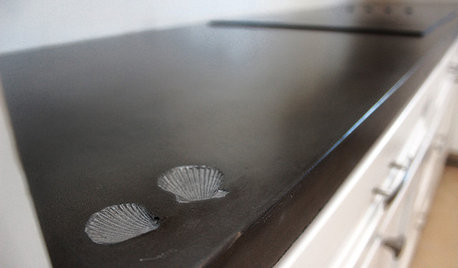
KITCHEN COUNTERTOPSElephants of the Kitchen? What to Know About Concrete Counters
Concrete countertops are beautiful, heavy and cool — and have their own peculiarities. And a lot in common with certain gray pachyderms
Full Story
WORKING WITH PROS12 Questions Your Interior Designer Should Ask You
The best decorators aren’t dictators — and they’re not mind readers either. To understand your tastes, they need this essential info
Full Story
DOORS5 Questions to Ask Before Installing a Barn Door
Find out whether that barn door you love is the right solution for your space
Full Story
ORGANIZING4 Questions to Help You Organize Your Favorite Photos
Organize your keeper photos with a system that's just right for you, whether it's in the cloud or you can hold it in your hand
Full Story
COLORPick-a-Paint Help: How to Quit Procrastinating on Color Choice
If you're up to your ears in paint chips but no further to pinning down a hue, our new 3-part series is for you
Full Story
LIFESimple Pleasures: Put Your Records On
It’s cool to just relax on a recliner, delving deeply into tunes? Now that’s music to our ears
Full Story
KITCHEN MAKEOVERSKitchen of the Week: Rich Materials, Better Flow and a Garden View
Adding an island and bumping out a bay window improve this kitchen’s layout and outdoor connection
Full Story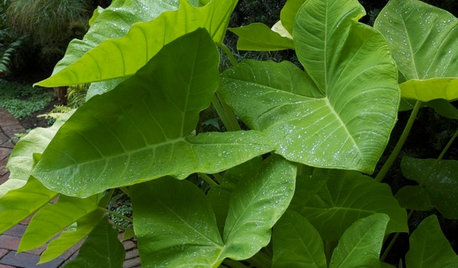
GARDENING GUIDES7 Tropical Wonders of the Plant World
Go for high impact with the spectacular foliage, over-the-top florals or iconic profiles of these hand-picked tropical favorites
Full Story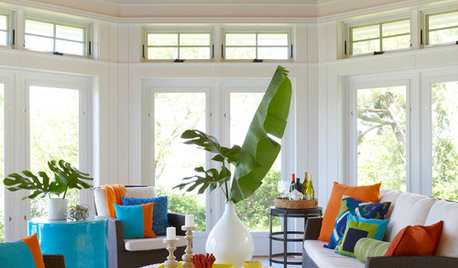
TROPICAL STYLEEasy Decorating: Turn Over a New, Tropical Leaf
Toss a palm frond in a vase or gather a whole bouquet — fresh or preserved tropical leaves bring on the exotic with almost no effort
Full Story






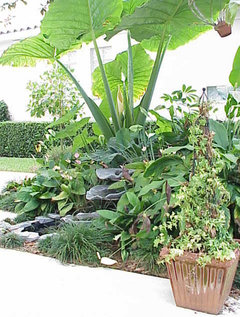
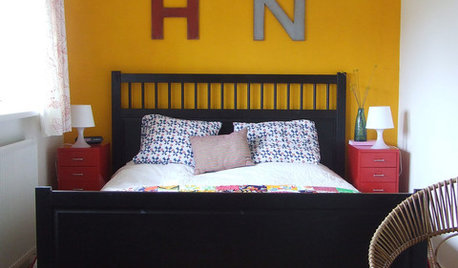
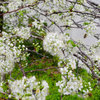
theoj